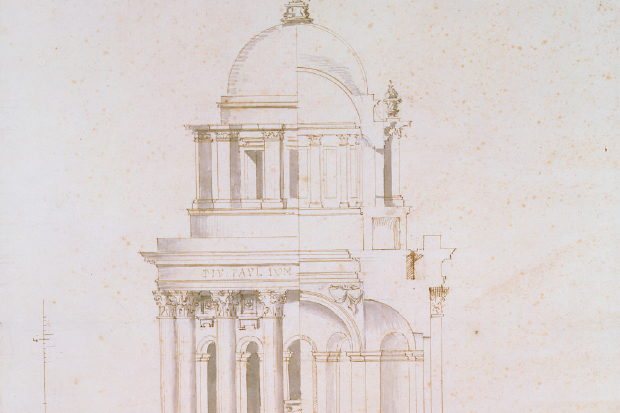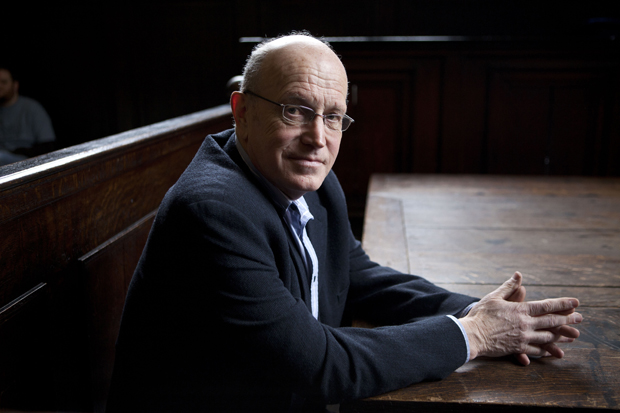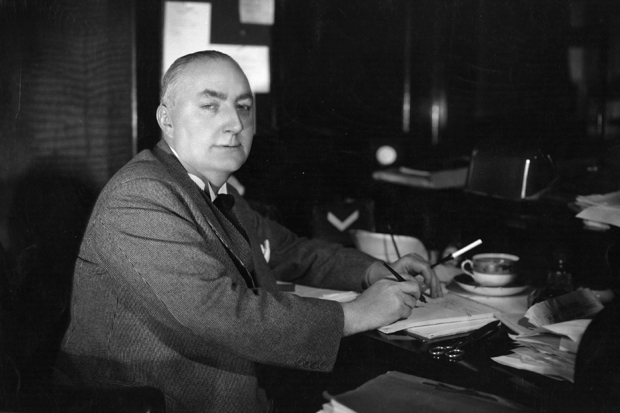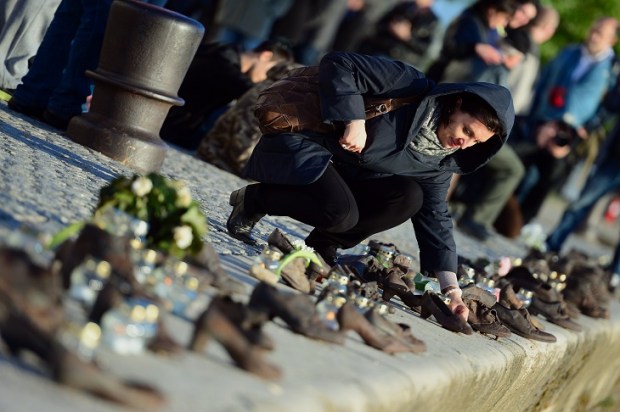In the conclusion to his very substantial study of England’s least known and most misunderstood Baroque architect, Owen Hopkins discusses some of the modern folklore that has developed around Nicholas Hawksmoor over the past 40 years, showing how swiftly a myth can capture the public imagination. The bulk of this unevenly written, fact-packed book is devoted to discussing Hawksmoor’s life and work.
Already a subscriber? Log in
Subscribe for just $2 a week
Try a month of The Spectator Australia absolutely free and without commitment. Not only that but – if you choose to continue – you’ll pay just $2 a week for your first year.
- Unlimited access to spectator.com.au and app
- The weekly edition on the Spectator Australia app
- Spectator podcasts and newsletters
- Full access to spectator.co.uk
Unlock this article
Available from the Spectator Bookshop, £25 Tel: 08430 600033. Michael Moorcock’s many books include Mother London and The Eternal Champion; his latest is The Whispering Swarm.
You might disagree with half of it, but you’ll enjoy reading all of it. Try your first month for free, then just $2 a week for the remainder of your first year.














Comments
Don't miss out
Join the conversation with other Spectator Australia readers. Subscribe to leave a comment.
SUBSCRIBEAlready a subscriber? Log in